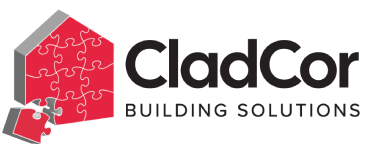Learn From BuildCor: Pressed Bricks Have More Intricacy Than You Think
27 September 2022Bricks are typical size rectangular items. Clay is the primary ingredient in bricks. In most cases, they are utilised for most building tasks. Bricks are the material of choice for usage as a stand-in for stone most of the time when the stone cannot be obtained.
Bricks may appear uninteresting and unremarkable, yet they have been around for a long time and exist in various forms. You’ll know we talk a lot about how a brick isn’t just a brick if you’ve seen our advertisements, read our other blog entries, or visit us in the shop. This is something that we discuss quite frequently. Bricks have much more going on behind the scenes than meets the eye. It’s a fact! Continue reading to find out more!
What Are The Differences Between Pressed Face And Interior Pressed Bricks?
Bricks that will be visible once they have been set, either on the exterior of your house or as a feature wall inside, are called pressed face bricks. Pressed face bricks are available in various sizes, colours, textures, and finishes, each of which imparts a distinctive appearance to the finished product. On the other hand, internal pressed bricks are only structural bricks that won’t be seen until the home is constructed and the plastering is done. These bricks are known as “internal linings.” They are often used for constructing internal walls, although they may also be used on the exterior of a building if it is rendered, clad, or covered in another material.
What Is the Purpose of Solid Pressed Bricks?
Solid pressed bricks typically cover unsightly core holes in walls or window sills. They are more visually beautiful and help deflect water runoff away from window or door openings. Because solid pressed bricks are heavier, engineers may sometimes propose that they be used in mass retaining walls. They may expressly require solidity where weight-bearing rails are to be installed. For example, solids are frequently used to substitute cored bricks in elderly care homes where patients use rails to help them maintain their balance. Compared to a cored brick, the fixings are less likely to come free with solids.
It Is Important to Consider the Size and Form of the Bricks
When it comes to bricks, it is undeniably true that size matters! Why? Brick size is a factor considered when calculating a project’s cost. Not only is there an aesthetic component to it – for example, some people prefer the look of slimline bricks over double-height bricks – but brick size may also decide the total cost of the project. When dealing with larger-sized bricks, it is typically more cost-effective to lay them since there is less jointing that has to be perfected, and, on top of that, there are fewer bricks to lay when working with two-course bricks as opposed to when working with smaller-sized bricks.
Because some bricks, like our pressed bricks, our Brick Facings, and our Daniel Robertson Bricks, are specially built for a given purpose, the shape of the brick might also be important for interior bricks.
Contact us immediately to learn more about the appropriate pressed bricks and their various applications.

